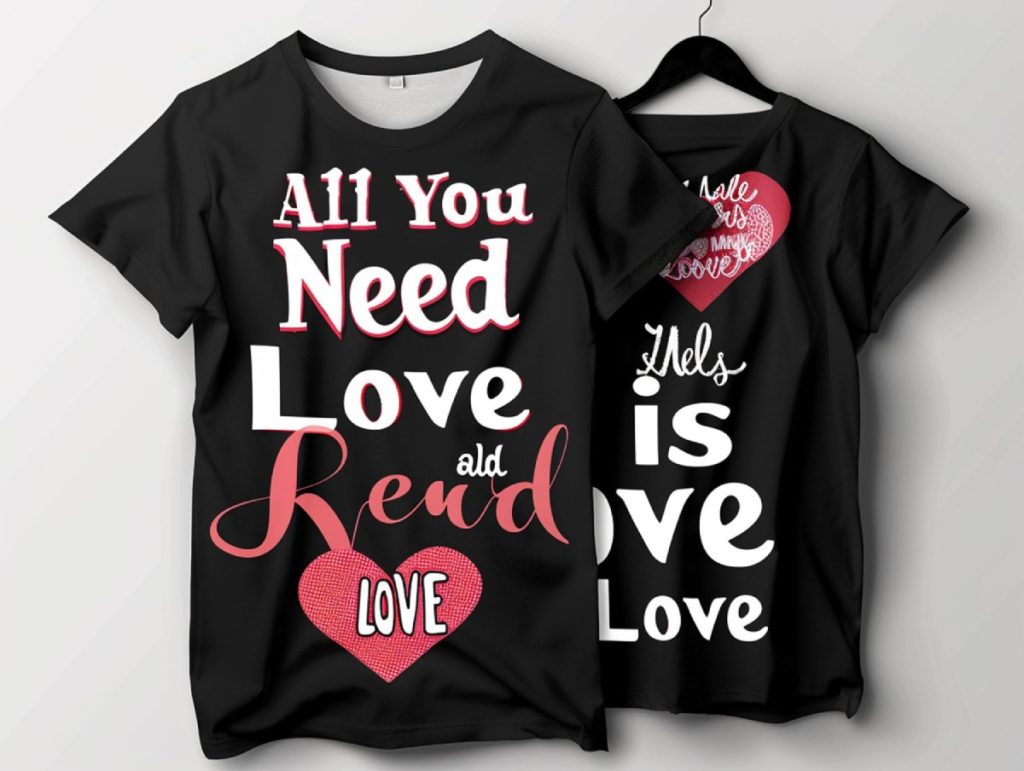When it comes to selecting the best approach for your printing needs, understanding the differences between UV DTF vs Eco-Solvent is paramount. These two popular printing methods each boast unique characteristics that cater to varying project requirements and environmental considerations. UV DTF printing, known for its vibrant color output and superior durability, shines in applications demanding resilience and quality. On the other hand, Eco-Solvent printing presents a more budget-friendly option, particularly for indoor displays, while emphasizing eco-conscious practices with its lower VOC emissions. In this article, we will thoroughly examine the advantages and limitations of both UV DTF and Eco-Solvent printing, ensuring you make an informed decision that aligns with your project goals.
In the quest for optimal print solutions, two significant techniques have emerged: UV DTF and Eco-Solvent printing. Often referred to as UV Direct to Film printing, this method leverages innovative UV light technology to cure inks instantly, resulting in striking, durable prints suitable for various materials. Conversely, Eco-Solvent printing utilizes a gentler solvent approach, providing a less harmful alternative for producing high-quality indoor visuals, like signage and banners. As awareness of environmental issues grows, both methods are seen as attractive options in the printing landscape, with each offering distinct benefits. This discourse will illuminate how these printing techniques differ concerning performance, cost, and overall impact, guiding you towards the right choice for your needs.
Understanding the Basics of UV DTF Printing
UV DTF printing, or Direct to Film printing, is a modern technology characterized by its utilization of ultraviolet light to cure ink immediately as it is applied. This process results in prints that have exceptionally vibrant colors and fine details, making it a compelling option for those involved in high-end graphical work. The ability to print on a variety of substrates, including rigid and flexible materials, opens up diverse applications ranging from promotional items to signage, meeting different project requirements.
One defining feature of UV DTF printing is its impressive durability. The cured inks are highly resistant to scratches and fading, which allows printed items to maintain their integrity, even when exposed to the elements. This makes UV DTF an excellent choice for outdoor displays where longevity is paramount. Moreover, the capability of achieving various finishes, including glossy and matte, means that designers can offer tailored solutions that enhance the aesthetic appeal of their products.
Frequently Asked Questions
What are the main differences between UV DTF and Eco-Solvent printing?
UV DTF printing employs ultraviolet light to cure the ink instantly, resulting in highly durable prints suitable for various materials. In contrast, Eco-Solvent printing uses less aggressive solvents, making it ideal for indoor applications but less durable outdoors. Evaluating these factors is crucial when considering UV DTF vs Eco-Solvent.
Which printing method is more durable, UV DTF or Eco-Solvent?
When comparing durability in printing, UV DTF significantly outperforms Eco-Solvent. UV DTF prints are resistant to fading, scratching, and harsh weather, making them suitable for outdoor use, while Eco-Solvent prints are generally intended for indoor applications.
Is UV DTF printing an environmentally friendly option compared to Eco-Solvent?
Yes, UV DTF printing is considered environmentally friendly due to its lower volatile organic compound (VOC) emissions when compared to traditional inks. Although Eco-Solvent inks also produce fewer VOCs than conventional solvent inks, UV DTF’s advancements contribute to sustainable printing.
What types of materials can UV DTF and Eco-Solvent printing be used on?
UV DTF printing is known for its versatility and can print on both rigid and flexible materials, including plastics and metals. Eco-Solvent printing works best on flexible materials like vinyl, limiting its substrate range. Evaluating material compatibility is essential when choosing between UV DTF vs Eco-Solvent.
How do cost considerations differ between UV DTF and Eco-Solvent printing methods?
While Eco-Solvent printers typically have a lower initial cost and maintenance expense, UV DTF might provide better long-term value due to the durability of its prints. Consideration of project scope and frequency of use is important when assessing the costs of UV DTF vs Eco-Solvent printing.
Which printing method offers quicker production times: UV DTF or Eco-Solvent?
UV DTF technology allows for immediate curing of prints, resulting in shorter production times compared to Eco-Solvent printing. This advantage is particularly beneficial for businesses requiring quick turnaround times on their printing projects, making UV DTF an appealing choice.
| Key Feature | UV DTF Printing | Eco-Solvent Printing |
|---|---|---|
| Durability | Highly durable, resistant to scratches and fading, ideal for outdoor applications. | Less durable, suitable primarily for indoor usage. |
| Material Compatibility | Can print on a variety of materials including rigid and flexible substrates. | Effective mainly on flexible materials like vinyl. |
| Cost Factors | Higher initial costs but potentially lower maintenance costs over time. | Lower initial costs; ongoing costs may be higher due to durability concerns. |
| Finish Options | Achieves glossy and matte finishes. | Limited finish options, primarily matte. |
| Environmental Impact | Fewer VOCs, considered more eco-friendly. | Lower VOCs than traditional solvents but may still have some environmental effects. |
| Production Time | Immediate curing allows for faster turnaround. | Longer production times due to drying processes. |
Summary
When contemplating the comparison between UV DTF vs Eco-Solvent, it’s essential to consider your specific printing needs and objectives. UV DTF offers superior durability and versatility for a wide range of substrates, making it a strong choice for demanding applications. Conversely, Eco-Solvent printing provides a more budget-friendly solution, particularly suitable for high-quality indoor prints. Understanding the advantages of each method allows businesses to align their printing practices with their operational goals and sustainability initiatives, ultimately leading to better project outcomes.



